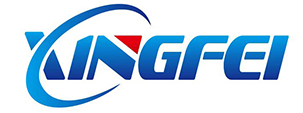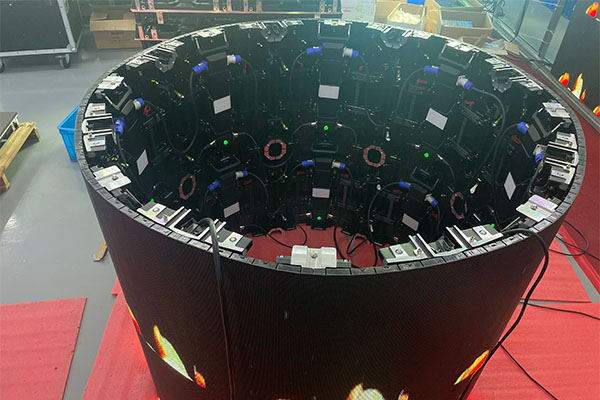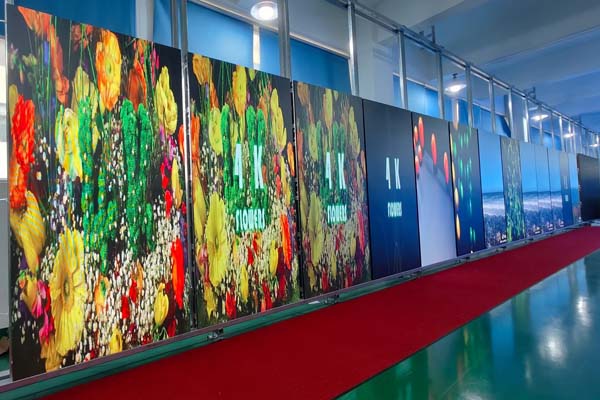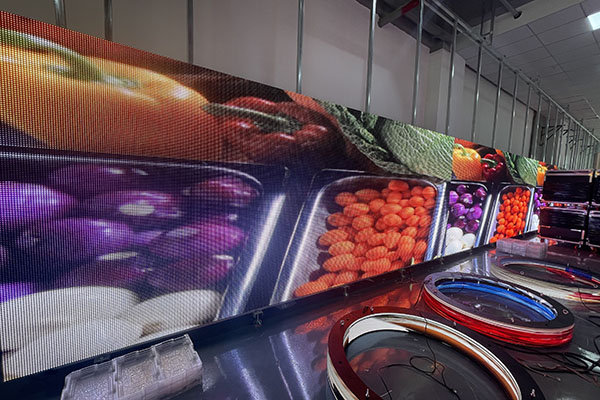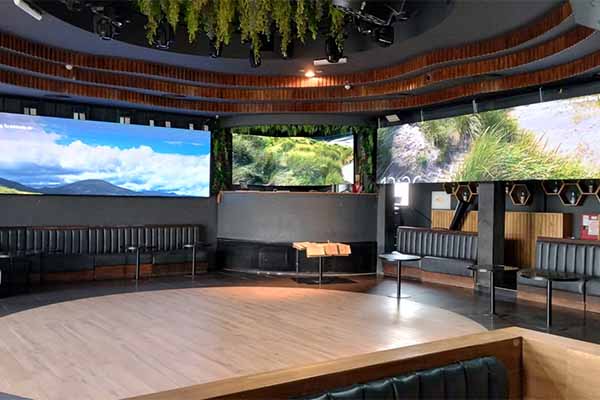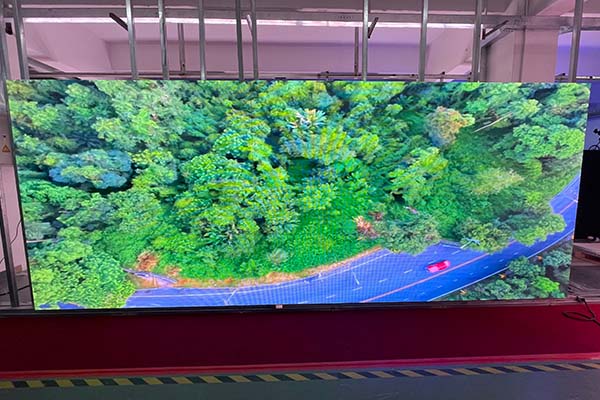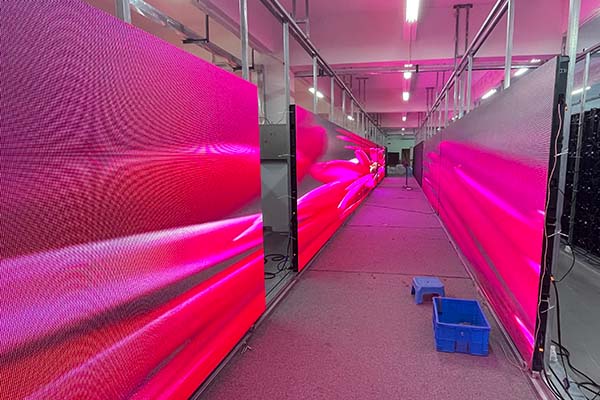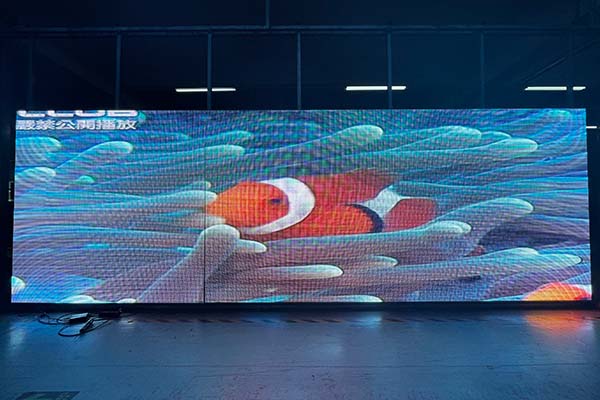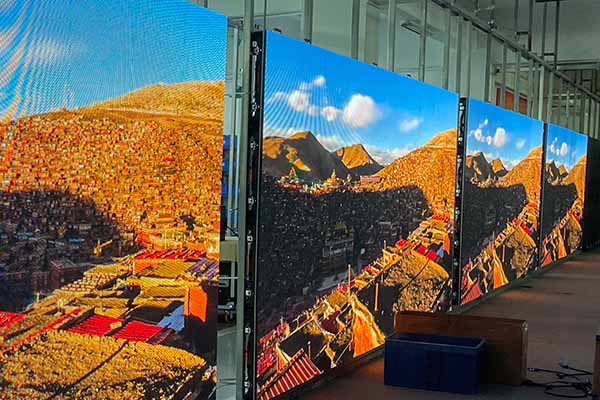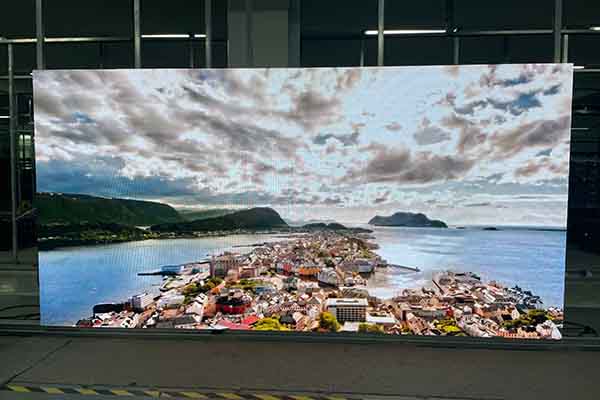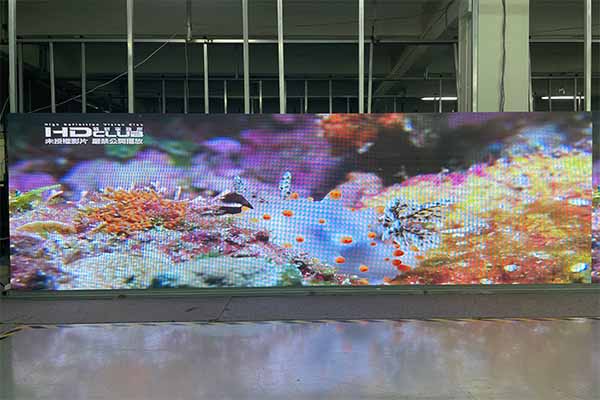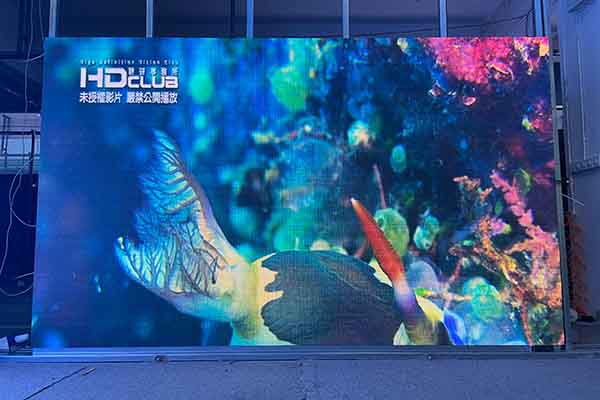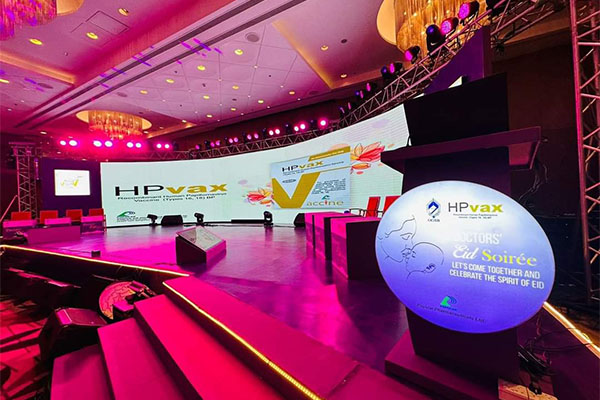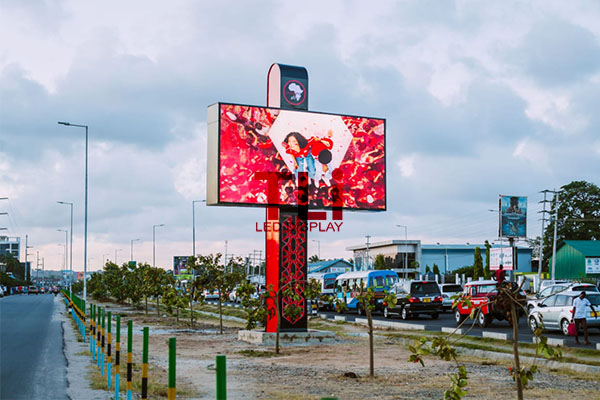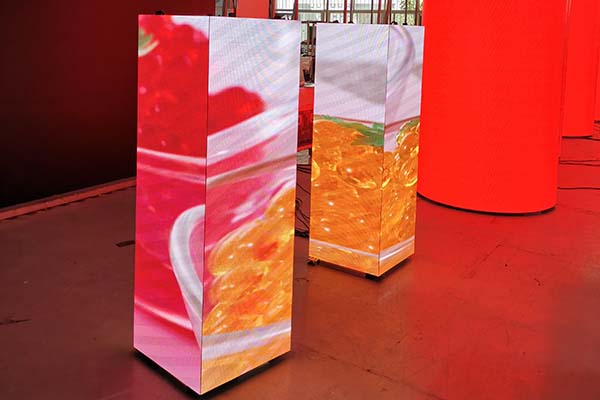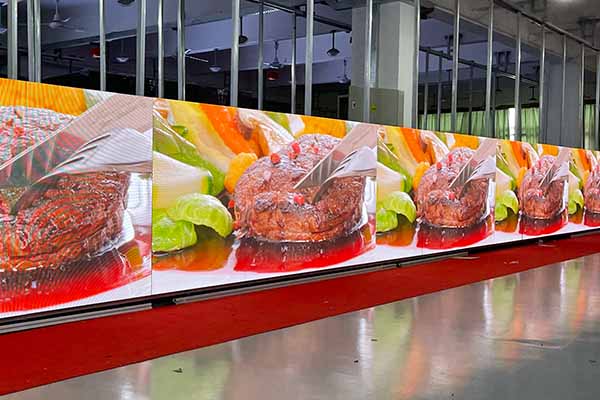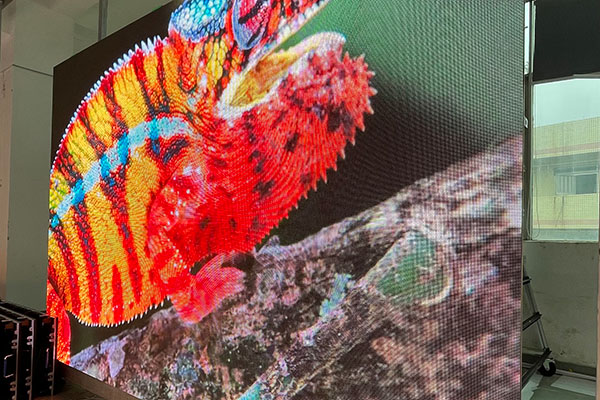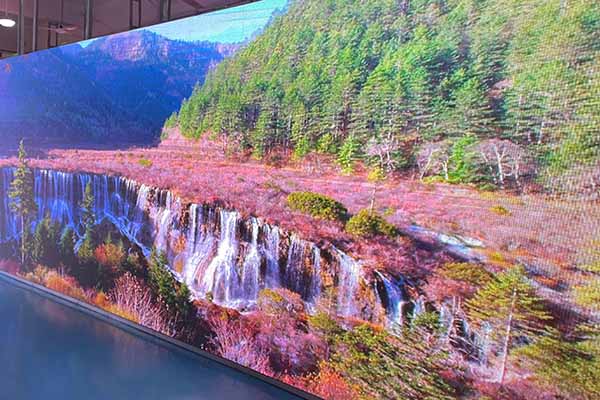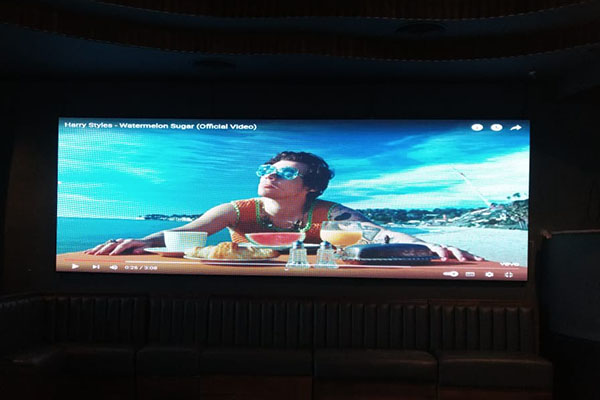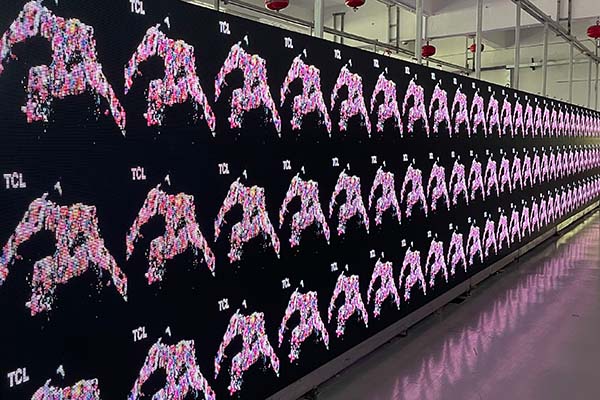What is LED display screen?
LED (Light Emitting Diode) display is a type of flat panel display technology that uses light-emitting diodes to create high-quality visuals. LEDs are small semiconductor devices that emit light when an electric current passes through them. LED displays offer several advantages, such as high brightness, energy efficiency, and extended lifespan. They are commonly found in various applications, including digital signs, billboards, screens for stadiums, and public transport. LED displays can significantly benefit businesses in multiple ways:
1. Enhanced visibility:
LED displays deliver high brightness and sharp image quality, making them easily visible even in direct sunlight. This can help attract customers and promote business, especially in outdoor or competitive environments.
2. Energy efficiency:
LED displays consume less power compared to other display technologies, reducing operational costs and promoting an eco-friendly business image.
3. Customization:
LED displays can be tailored in various sizes, shapes, and configurations, allowing businesses to create unique and eye-catching designs that reinforce their brand identity.
4. Dynamic content:
LED displays support real-time content updates, enabling businesses to showcase engaging and up-to-date information, advertisements, and promotional campaigns.
5. Durability:
LED displays are known for their long lifespan and resistance to extreme weather conditions, ensuring reliable and consistent performance over time.
6. Low maintenance:
LED displays often require minimal maintenance, which means lower maintenance costs for businesses. They are resistant to dust, water, and other contaminants, contributing to their longevity and uncompromising quality.
7. Interactive experiences:
Modern LED displays can be integrated with touch capabilities, gesture recognition, or augmented reality technology, enabling businesses to create interactive experiences for customers that can drive engagement and sales.
8. High return on investment (ROI):
While the initial investment in LED displays might be higher than other traditional signage options, the long-term benefits in terms of durability, low maintenance, and energy efficiency lead to a higher ROI over time.
9. Increased customer engagement:
Utilizing LED displays in a business setting, such as retail shops or restaurants, can help create a visually appealing environment that captures the attention of customers and encourages them to stay longer, ultimately increasing the likelihood of a purchase.
10. Versatility:
LED displays can be used in various applications and locations, including indoor and outdoor settings, at various angles and scales, providing optimal flexibility for businesses to showcase their content.
11. Market differentiation:
With many businesses competing for customer attention, using high-quality LED displays can help companies stand out from the competition and create a memorable and lasting impression on potential customers.
12. Effective communication:
LED displays offer a versatile platform for businesses to communicate important messages, such as product launches, discount offers, or announcements, to their target audience in real-time, leading to improved information dissemination and overall effectiveness of marketing efforts.
13. Impulse buying:
Strategically placed LED displays with eye-catching content can encourage impulse purchases by capturing the attention of customers and driving them to explore featured products or services.
14. Greater control:
LED displays can be easily managed and updated through software, offering businesses complete control over the displayed content and the ability to make on-the-go changes to adapt to target audience needs.
15. Cost-effective advertising:
By integrating LED displays into their marketing strategies, businesses can repurpose them for multiple campaigns and promotions, reducing the overall expenditure on advertising and print materials.
16. Social media integration:
LED displays can be seamlessly integrated with social media platforms, allowing businesses to monitor, showcase, and engage with user-generated content or social media campaigns. This can lead to increased customer interaction, brand loyalty, and online reach.
17. Ambience enhancement:
High-quality LED displays can contribute to the overall aesthetic and ambience of a business’ physical location, drawing in customers and creating an inviting atmosphere for them to spend time and make purchases.
18. Space optimization:
For businesses with limited space, LED displays can provide an efficient way to combine multiple displays or messages into a single, compact area while still conveying important information effectively.
19. Real-time analytic:
Some LED display systems can be integrated with analytical tools and provide real-time insights into viewer engagement, effectiveness of marketing campaigns, and other valuable metrics, enabling businesses to make data-driven decisions and optimize their content.
20. Sustainability:
By using energy-efficient LED displays instead of traditional print media for advertising or communication, businesses can minimize their environmental impact, reduce waste, and promote a more sustainable image to customers.
What can LED Display screen do?
LED display screens have a wide range of applications across various industries and settings. These versatile displays can be used for advertising, information dissemination, entertainment, and more. Here are some common applications for LED display screens:

1. Outdoor advertising:
LED screens can be found in various outdoor locations, such as billboards, building facades, and public spaces, to display advertisements or public service announcements.
2. Indoor advertising:
These screens are also commonly used inside shopping malls, stores, theaters, and other public venues to showcase promotional content, special offers, or event information.
3. Stadiums and sports arenas:
Large LED screens are used in stadiums to display live scores, game statistics, instant replays, and advertisements to improve spectator experiences.
4. Transportation hubs:
Airports, train stations, and bus terminals often use LED display screens to show real-time arrival and departure information, schedules, and advertisements.
5. Traffic management:
LED screens can be used on highways, roads, and intersections to display traffic updates, travel alerts, or safety messages to drivers.
6. Corporate Offices:
Many businesses and organizations use LED screens in their reception areas, conference rooms or hallways to display company information, branding, or important announcements.
7. Education:
Schools, colleges, and universities use LED to replace the old projectors, LED display screens have high brightness , longer lifetime.
In summary:
Incorporating LED displays into a business strategy can provide several benefits, ranging from captivating visual experiences to streamlined communication and sustainable practices. By using LED displays, businesses can boost their brand presence, engage customers more effectively, and ensure that their marketing efforts provide maximum impact. As technology advances, LED displays will continue to evolve, offering even more sophisticated and innovative solutions for businesses to leverage in their quest for growth and customer satisfaction.
